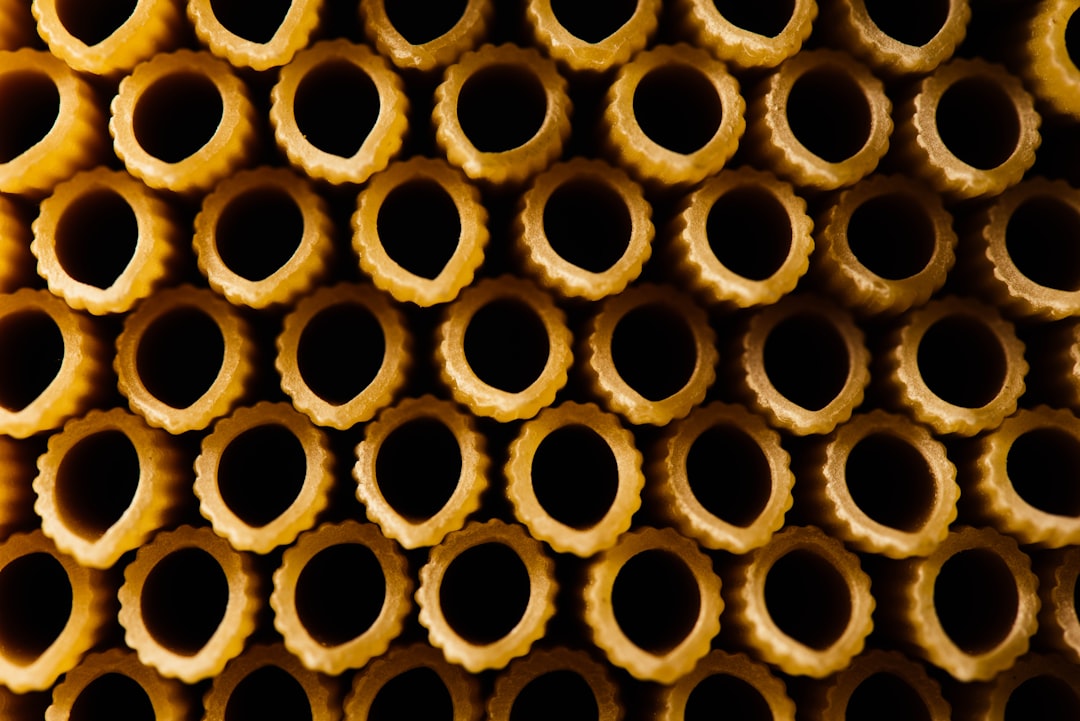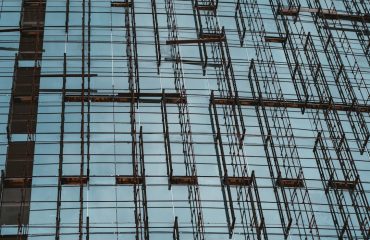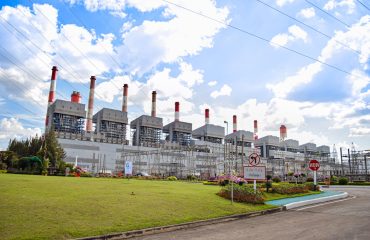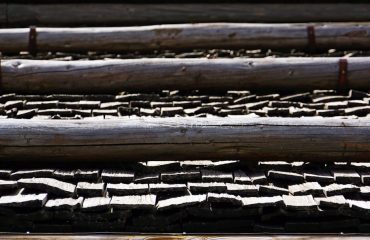Threaded pipes are ubiquitous in various industries, from plumbing and construction to manufacturing and oil and gas. Their enduring popularity stems from their versatility, reliability, and ease of installation. This comprehensive guide delves into the key features and advantages that make threaded pipes a preferred choice for countless applications.
Understanding the Mechanics of Threaded Pipe Connections
The fundamental advantage of threaded pipes lies in their connection method. Instead of relying on welds, clamps, or adhesives, threaded pipes use precisely machined threads to create a secure and leak-proof joint. These threads, typically conforming to standardized profiles like NPT (National Pipe Taper) or BSP (British Standard Pipe), ensure compatibility across different manufacturers and pipe sizes. The tapered nature of NPT threads, for instance, creates a tighter seal as the pipes are screwed together, compensating for variations in pipe alignment and ensuring a robust connection even under pressure. The process of threading itself can be done using specialized tools like pipe dies and taps, allowing for on-site assembly and modification. This contrasts with welded connections which often require specialized equipment and skilled welders.
Material Variety and its Impact on Threaded Pipe Performance
Threaded pipes are available in a wide range of materials, each offering unique properties to suit specific applications. Common materials include:
- Steel: Known for its high strength and durability, steel threaded pipes are ideal for high-pressure applications and demanding environments. Galvanized steel offers additional corrosion resistance.
- Copper: Offers excellent corrosion resistance and thermal conductivity, making it suitable for plumbing and HVAC systems. However, it’s less strong than steel.
- PVC (Polyvinyl Chloride): A lightweight and corrosion-resistant plastic material, PVC is commonly used in less demanding applications, often for drainage and irrigation systems. However, it’s not suitable for high-pressure or high-temperature applications.
- CPVC (Chlorinated Polyvinyl Chloride): A stronger and more heat-resistant variant of PVC, CPVC finds use in hot water applications and higher-pressure systems.
- Cast Iron: Offers exceptional durability and resistance to high pressure, typically used in older infrastructure and specialized applications.
The choice of material depends heavily on the intended application, considering factors like pressure, temperature, corrosive environment, and budget.
Advantages of Threaded Pipes Over Other Connection Methods
Compared to other pipe connection methods, threaded pipes offer several key advantages:
- Ease of Installation: Threaded pipes are relatively easy to install, requiring only basic hand tools in many cases. This reduces labor costs and installation time.
- Disassembly and Reassembly: Threaded connections can be easily disassembled and reassembled, making maintenance and repairs simpler and less disruptive. This is a significant advantage over welded or glued joints.
- Versatility: Threaded pipes can be used with a wide variety of fittings and valves, offering flexibility in system design and configuration.
- Leak Resistance (with proper sealing): When properly installed with appropriate thread sealant (e.g., Teflon tape), threaded connections provide excellent leak resistance, even under significant pressure.
- Cost-Effectiveness (in many cases): While the initial cost of threaded pipes might vary depending on the material, the ease of installation and maintenance often translates to overall cost savings compared to other methods.
Common Applications of Threaded Pipes
The versatility of threaded pipes makes them suitable for a wide range of applications, including:
- Plumbing Systems: Threaded pipes are widely used in residential, commercial, and industrial plumbing systems for water supply and drainage.
- Gas Lines: While requiring specific safety precautions and materials, threaded pipes are used in natural gas and propane distribution systems.
- HVAC Systems: Threaded pipes are used to transport refrigerants and other fluids in heating, ventilation, and air conditioning systems.
- Industrial Processes: Threaded pipes are crucial in transporting various fluids and gases in manufacturing, chemical processing, and other industrial settings.
- Irrigation Systems: Threaded pipes are used in irrigation systems to distribute water to crops and landscaping.
Troubleshooting and Maintenance of Threaded Pipe Systems
While generally reliable, threaded pipe systems can experience issues if not properly installed or maintained. Regular inspection for leaks is crucial. Leaks can often be addressed by tightening connections or applying additional thread sealant. In cases of significant damage or corrosion, pipe sections may need replacement. Proper use of thread sealant is paramount to prevent leaks. Using the right type and amount of sealant is critical for ensuring a watertight seal. Over-tightening connections can also damage the threads, leading to leaks or breakage. Therefore, careful installation and regular inspection are key to maintaining the integrity and longevity of threaded pipe systems.
In conclusion, the combination of robust connections, material versatility, ease of installation, and adaptability makes threaded pipes a crucial component in countless applications. Understanding their features and advantages is essential for anyone working with piping systems.




